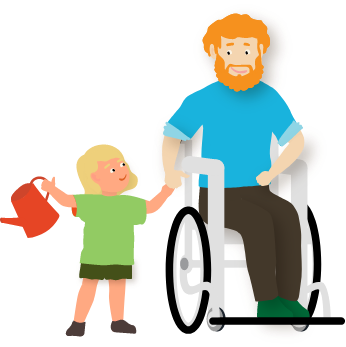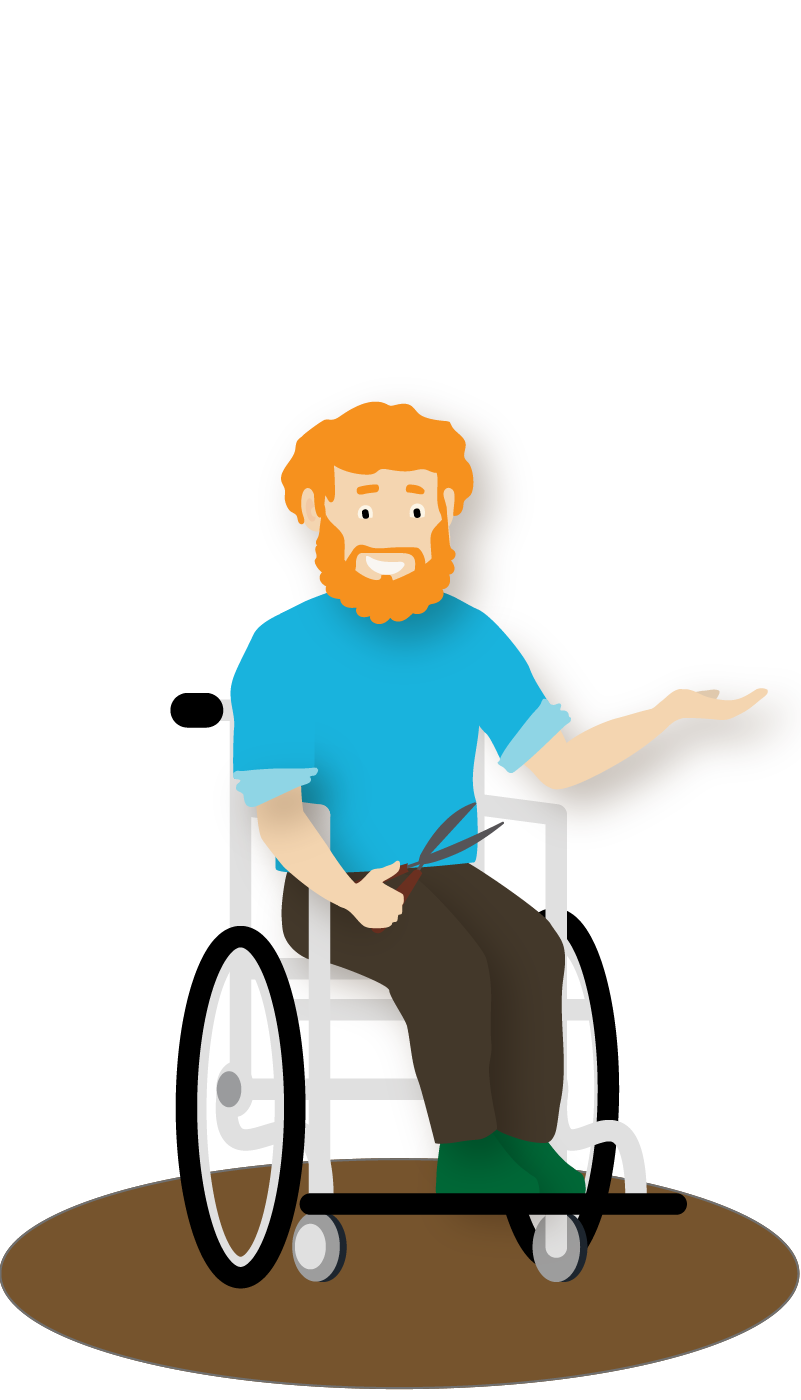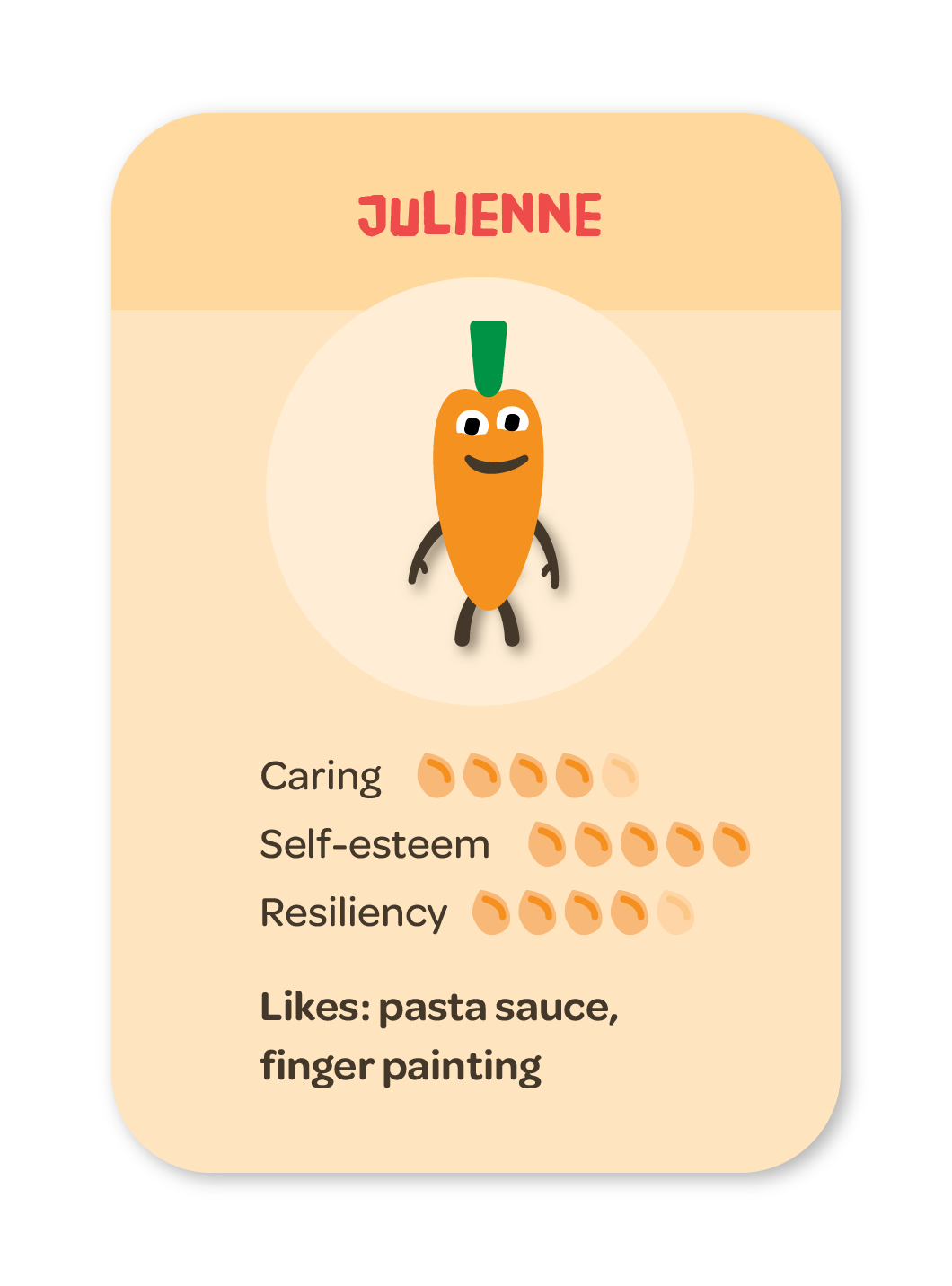Welcome to our lesson on Consistent Consequences
- In this section, you will learn
- What consistent consequences are
- Why consistent consequences are important
- How to use consistent consequences to improve behaviors

consistent consequences overview
what are consistent consequences?
- A consequence is anything that happens as a direct result of what someone does.
- In PC-CARE, consistent consequences come after an effective command.
- The caregiver will praise the child for following directions.
- The caregiver will use removal of privilege for not following directions.
Consistent consequences are different from rules and when-then statements.
Types of consequences
Click below to read more:
Praise your child every time they follow directions. This lets them know you notice their good behavior and makes them want to keep listening.
- Thank you for listening
- Great job following directions
- I like how you picked that up
- You’re an excellent helper
Logical Consequences feel fair and are directly related to the behavior.
- If your child throws toys, a logical consequence would be to put away those toys.
- If your child stays on their phone after bedtime, a logical consequence would be to lock the phone in your room at night.
Natural Consequences are the things that just happen as a result of a behavior.
- If your child refuses to wear a coat, a natural consequence is to be cold.
- If your child refuses to get dressed in the morning, a natural consequence might be to wear pajamas to school.
Privileges are items or activities in a child’s day that they like but are not needed for their safety or well-being. Privileges should be important to the child, small in scope, and easy to remove.
Some common privileges include:
- screen time.
- going to a playground.
- dessert.
- going to a friend’s house.
They can also be very child specific:
- wearing specific pajamas.
- a toy or item in their room.
- getting to choose the music in the car.
Rights are items or activities that are always available to people in the family. You should not remove or threaten to remove rights.
Some common rights are:
- three meals a day.
- access to a bathroom when needed.
- transportation to school
- space to calm down when upset.
Some things are considered rights in some families but not others:
- unlimited time without chores to do homework.
- access to a phone.
- transportation to sports and other extra curricular activities.
REMOVAL OF PRIVILEGES FOR NOT FOLLOWING DIRECTIONS
1. Start with an effective command:
- Please put on your shoes.
2. Wait five seconds.
3. If the child does not follow directions, warn:
- You have two choices: either put your shoes on, or you will not get a sticker.
4. Wait five seconds.
5. If the child does not comply, remove the privilege:
- You didn't do what I told you, so you won't get a sticker.
6. Take a deep breath and stay calm.
7. If the child does not comply, warn with a second privilege (step 3) and repeat the process.
*Only remove up to 3 privileges.
If the child follows directions at any point, PRAISE.

WHAT HAPPENS IF MY CHILD DOESN'T Listen?
After your child loses three privileges, they are likely not going to listen. Maintain your authority as the caregiver with one of the following “What Now?” options. Remember to follow through and remove all three privileges.
If the task needs to be done now, do it yourself.
For example, you may put the shoes on your child’s feet.
Your child’s behavior shows that the activity is too much for them. End it and do something new.
For example, instead of going outside, you might read a book with your child.
If the task doesn’t need to be done right now, try to focus on something else. Use strategic attention for whining or arguing. Praise any behaviors you like as soon as they happen.
consistent consequences live in action
Select Below
When your child follows directions, praise right away.
In this video, the child does not listen at first. After losing 1 privilege, they follow directions.
In this video, the child does not listen until they lose 2 privileges.
In this video, the child does not listen. The caregiver removes all 3 privileges. Then the caregiver completes the task for the child while using strategic attention.
WHAT MAKES A CONSISTENT CONSEQUENCE?
Click below to read more:
Consistency means that the consequence is always the same. When praise or removal of privilege sometimes happen and sometimes don’t, children are more likely not to listen. They learn there is always a chance that they will get away with it.
Imagine a snack machine. One day you put in money, but your snack is stuck. You go back the next four days and your snack keeps getting stuck. This is a consistent consequence of no snack and loss of money. You will likely give up on that snack machine.
But, if on the third day your snack came out, you would be more likely to keep going to the snack machine for days or even weeks. Your brain learned that you might get your snack.
Follow-through means doing what you say you will do. When caregivers follow through, children learn to trust that their caregivers can keep them safe and keep their word. This is true even if they are upset about the consequence.
- If you say you will play with your child after dinner, follow through no matter what’s on your to-do list.
- Praise every time your child listens to a command. They will trust that you see their good behaviors.
- If you say you will take away TV time for the rest of the day, do not suggest a family movie later in the day.
Never remove a privilege for more than one day.
- Children should start fresh every morning with the opportunity to have a good day and all their privileges.
- When privileges are removed for more than one day, children can start to lose hope that they’ll be able to succeed. They might feel that it’s not worth it to try to listen.
- Often 15-30 minutes is a long enough time to remove a privilege. This gives parents consequences for later commands if needed.
why are consistent consequences important?
Click below to read more:
Consistent Consequences teach children that they need to listen to effective commands.
Remember consistency and follow-through! Without those, behaviors are unlikely to change.
Children feel safe when they know what will happen. It is scary and confusing for children when they don’t know how their caregivers will respond. This is true for all children, but especially if they’ve experienced neglect or abuse.
Try to memorize the removal of privilege script. It helps you know exactly what to say and do in the middle of a hard situation. This can help parents stay calm and feel more confident.

when and how should I use consistent consequences?
Addressing Children's Responses
Click below to read more:
Children often respond to removing a privilege with “I don’t care.”
If you don’t remove the privilege, you teach the child that they have control over their privileges and that saying “I don’t care” works.
Instead, just ignore the “I don’t care” and calmly move forward with the removal of privilege script.
Often, when the privilege is removed, the child does care. Regardless, they will learn to trust that you will do what you say when you remove the privilege.
When privileges are removed, children often get upset. If your child whines or becomes rude, use strategic attention and calmly move forward with the script.
Some children seem to lose control of themselves when you remove privileges. They might scream, tantrum, or cry uncontrollably. If so, pause the script and move forward to a “What Now?” option. When children are highly emotional, they can’t think logically. Continuing the script will only result in more lost privileges and frustration for everyone. Remember to follow through on removing any privileges that were lost before you paused.
Caregiver Voices
Other caregivers share how they use consistent consequences at home:
“I think it’s made him more responsible I guess you could say. […] For example, if he doesn’t make his bed in the morning, I go in the room and I don’t see his bed made. I’m like, ‘okay, you didn’t make your bed you’re losing an hour of TV time.’ That happened for a couple of days, and now when I come out of the room the bed is made, and everything’s done because he doesn’t want to lose his TV time.’
“He also has a habit of asking for things over and over and over again. And so we use a technique where I would tell him, ‘you’ve already asked for this. We’ve already had an answer. No. If you continue to ask for this, this is gonna be the consequence.’ And it would be something like he wouldn’t get to choose the show before bedtime, or he wouldn’t have a book at bedtime, something like that. That was much more, not tangible, but it was like a bigger consequence to him versus like, you can’t have your red truck anymore. Or, you know, something like that. Those consequences actually made a big difference with him and his behavior.”
“The changes that I noticed, he just seemed more aware of the fact that there would be consequences for behaviors, or that if he did something the right way there would be praise for it. And he would keep doing it over and over because he liked the attention that he would get from doing things that were appropriate.”
What type of consequence is this?
Question #1
A parent says, “Please fill your water cup.” The child begins filling the cup, and the parent says, “Thanks for doing that right away.” This is an example of:
Question #2
A parent says, “Please fill your water cup.” The child continues drawing, and the parent says, “You have two choices; either fill your water cup or you won’t get to choose your plate for dinner.” This is an example of:
Question #3
A parent says, “Please fill your water cup.” The child continues drawing, and the parent says, “You have two choices; either fill your water cup or I will put away your drawing supplies.” This is an example of:
A parent says, “Please fill your water cup.” The child continues drawing, and the parent says, “If you don’t fill your water cup, you will not have water for dinner.” This is an example of:
ideas for fun consistent consequences activities
Take turns asking which of two consequences the other person would prefer. For example, would you rather eat apples at every meal or never eat them again? Then come up with reasons someone might have each of those consequences. For example, you buy an apple farm or you find out you are allergic to apples.
My Plan for CONSISTENT CONSEQUENCES
Think about how you can use consistent consequences at home.
Hooray! You've learned a new skill: Consistent Consequences

Login/Enroll to track your progress and mark this lesson complete.




